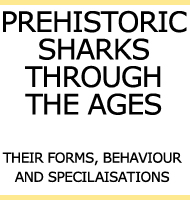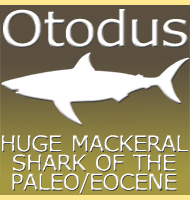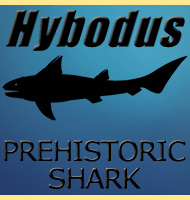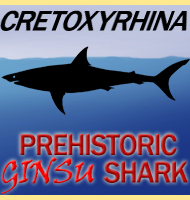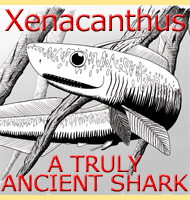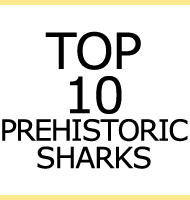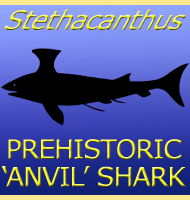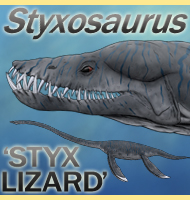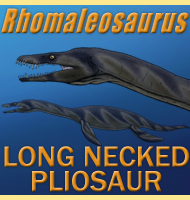


Squalicorax
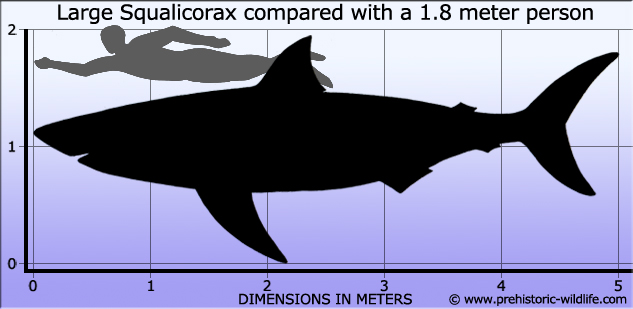
Name: Squalicorax
(Crow
Shark).
Phonetic: Skwa-lih-cor-ax.
Named By: Henri Cappetta - 1987.
Classification: Chordata, Chondrichthyes,
Lamniformes, Anacoracidae.
Species: S. S. pristodontus
(type), S. acutus, S. bassanii, S. bazzii,
S.
curvatus, S.
deckeri, S.
falcatus, S. lalunaensis, S.
kaupi, S. moodyi, S. mutabilis.
Type: Carnivore.
Size: Estimates from larger tooth specimens
indicates up to 5 meters
long for larger individuals.
Known locations: North America. Europe. North Africa.
Time period: Albian thorugh to the Maastrichtian of
the Cretaceous.
Fossil representation: Mostly teeth, one articulated
skeleton.
As
a
lamniform shark, Squalicorax probably would have
resembled a modern
Great White shark. Aside from swimming the northern oceans between
North America, Europe and North Africa, an articulated skeleton of
Squalicorax, S. falcatus, has
been recovered from the US state of
Kansas. This indicates that Squalicorax was also
swimming in the
Western Interior Seaway that once submerged the mid US, along with much
of Canada. These would have been dangerous waters for even a fully
grown Squalicorax, as giant mosasaurs such as Tylosaurus
were also
swimming these waters at the time.
Squalicorax
is a confirmed
dinosaur eater, with evidence of this coming from a metatarsel (foot
bone) of a hadrosaurid that has a Squalicorax tooth
embedded in it. The
general consensus is that the dinosaur had been swept out to sea and
had its body scavenged by a wandering Squalicorax
that may have picked
up on its scent in the water.
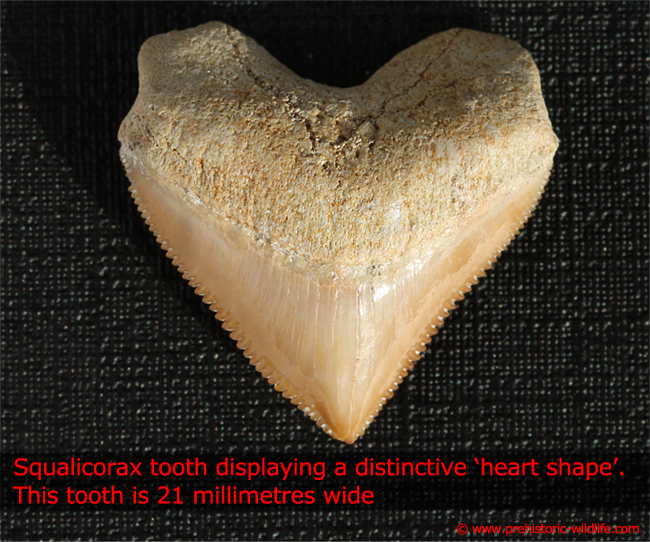
Further reading
- Scavenging by Sharks of the Genus Squalicorax in the Late Cretaceous
of North America. PALAIOS. 12 (1): 71–83. - David R. Schwimmer, J. D.
Stewart & G. Dent Williams - 1997.
Random favourites
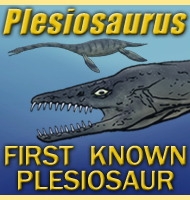 |
 |
 |
